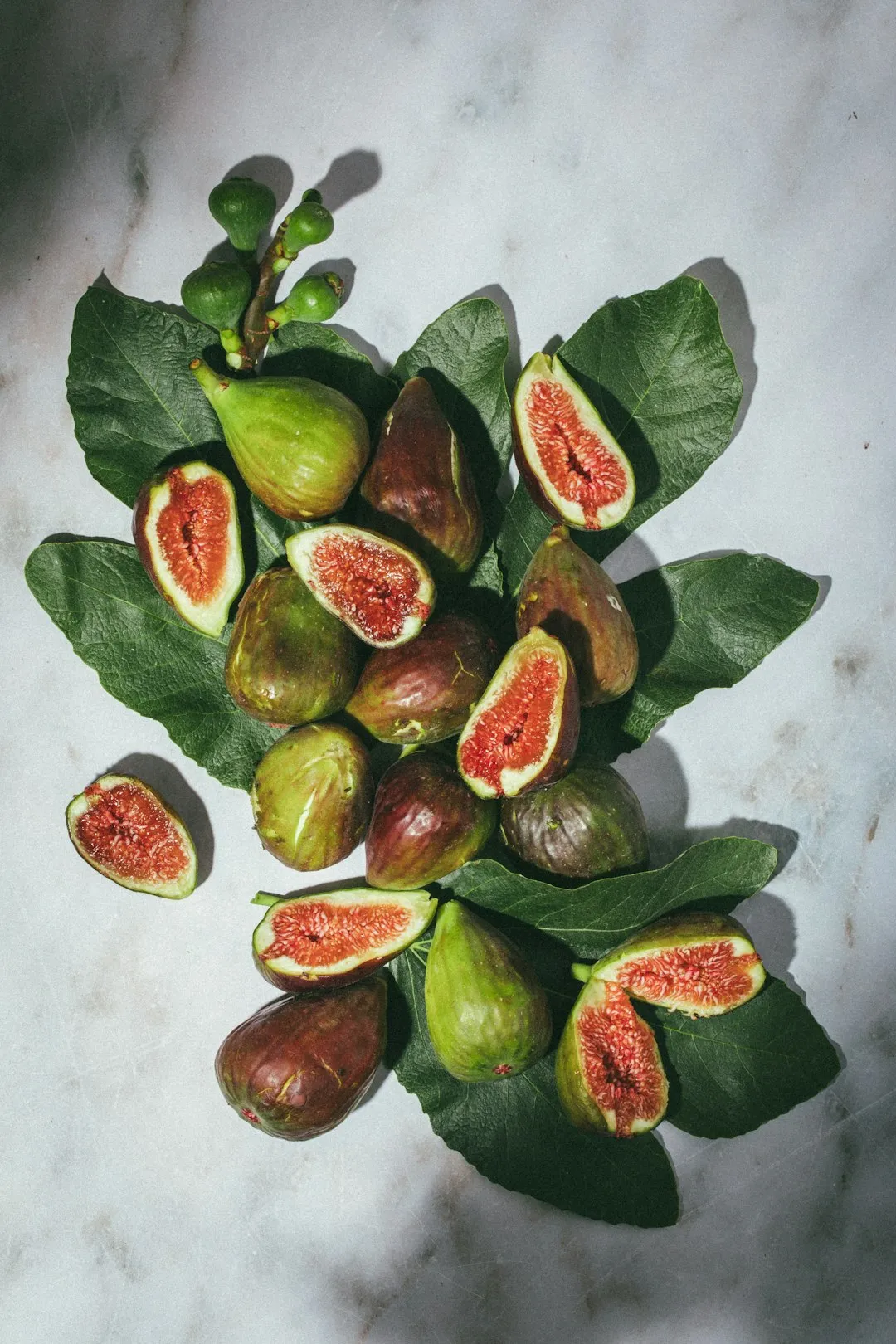The Art of Cultivating Your Own Vegetable Oasis

Embarking on the journey of vegetable gardening is a rewarding endeavor that connects you with nature and provides you with fresh, home - grown produce. In this guide, we'll explore the two primary methods of starting a vegetable garden from seeds: indirect and direct sowing, and offer tips on proper planting timing and seed selection for indoor and outdoor growth.
Let's first understand the concept of indirect sowing. This method involves starting seeds indoors before transplanting them outside. The main advantage of indirect sowing is that it allows you to get a head start on the growing season, especially for plants that require a longer time to mature. For instance, tomatoes, peppers, and eggplants are popular choices for indirect sowing. These plants typically need a warm and stable environment to germinate successfully.
To begin with indirect sowing, you'll need a few essential supplies. First, acquire seed - starting trays or small pots. Fill them with a high - quality seed - starting mix, which is lighter and more porous than regular garden soil. This mix provides the right balance of moisture and aeration for the seeds to sprout. Next, plant the seeds according to the instructions on the seed packet. Generally, you'll place the seeds at a specific depth, usually about twice their diameter. After planting, water the soil gently to ensure it's evenly moist but not waterlogged. Keep the trays in a warm location, ideally between 65 - 75°F (18 - 24°C). You can use a heat mat to maintain a consistent temperature if needed.
Once the seeds have germinated and the seedlings have developed a few sets of true leaves, it's time to start hardening them off. Hardening off is the process of gradually acclimating the indoor - grown seedlings to the outdoor environment. Start by placing the seedlings outside in a sheltered area for a few hours a day, gradually increasing the time over a period of about a week. This helps the seedlings adjust to the differences in temperature, sunlight, and wind.
Now, let's turn our attention to direct sowing. Direct sowing means planting the seeds directly into the garden soil. This method is suitable for plants that don't transplant well or those that are cold - hardy and can tolerate the outdoor conditions from the start. Examples of vegetables that are commonly direct - sown include carrots, radishes, lettuce, and beans.
Before direct sowing, prepare the garden bed. Remove any weeds, rocks, or debris from the area. Loosen the soil to a depth of about 6 - 8 inches using a garden fork or tiller. This allows the roots of the plants to penetrate easily. You can also add compost or well - rotted manure to the soil to improve its fertility and structure. When sowing the seeds, follow the spacing and depth instructions on the seed packet. Some seeds, like lettuce, are very small and should be sown thinly on the soil surface and then lightly covered with a thin layer of soil. Others, like beans, need to be planted a bit deeper.
Timing is crucial in both indirect and direct sowing. To determine the best time to plant, you need to consider your local climate and the frost dates. You can find the average last spring frost date and first fall frost date for your area from your local agricultural extension office or online resources. For indirect sowing, start the seeds indoors a certain number of weeks before the last spring frost date. For example, tomatoes should be started indoors 6 - 8 weeks before the last frost. For direct sowing, wait until the soil has warmed up enough for the seeds to germinate. Cold - hardy vegetables can be sown as soon as the soil can be worked in the spring, while warm - season vegetables should be planted after the danger of frost has passed.
Choosing the right seeds is also an important aspect of vegetable gardening. When selecting seeds, consider the growing conditions in your garden, such as the amount of sunlight, soil type, and available space. Some seeds are hybrid varieties, which are bred for specific traits like disease resistance, high yield, or early maturity. Others are heirloom varieties, which are open - pollinated and have been passed down through generations. Heirloom seeds often have unique flavors and characteristics.
Additionally, pay attention to the seed's viability. Check the expiration date on the seed packet, as older seeds may have a lower germination rate. You can also perform a simple germination test at home by placing a few seeds on a damp paper towel and keeping them in a warm place. Count the number of seeds that germinate after a few days to get an idea of the seed's viability.
In conclusion, starting a vegetable garden from seeds using indirect and direct sowing methods can be a fulfilling experience. By understanding the differences between these two methods, timing your planting correctly, and choosing the right seeds, you can create a thriving vegetable garden that provides you with delicious and nutritious produce throughout the growing season. So, roll up your sleeves, get your hands dirty, and enjoy the process of growing your own vegetables.